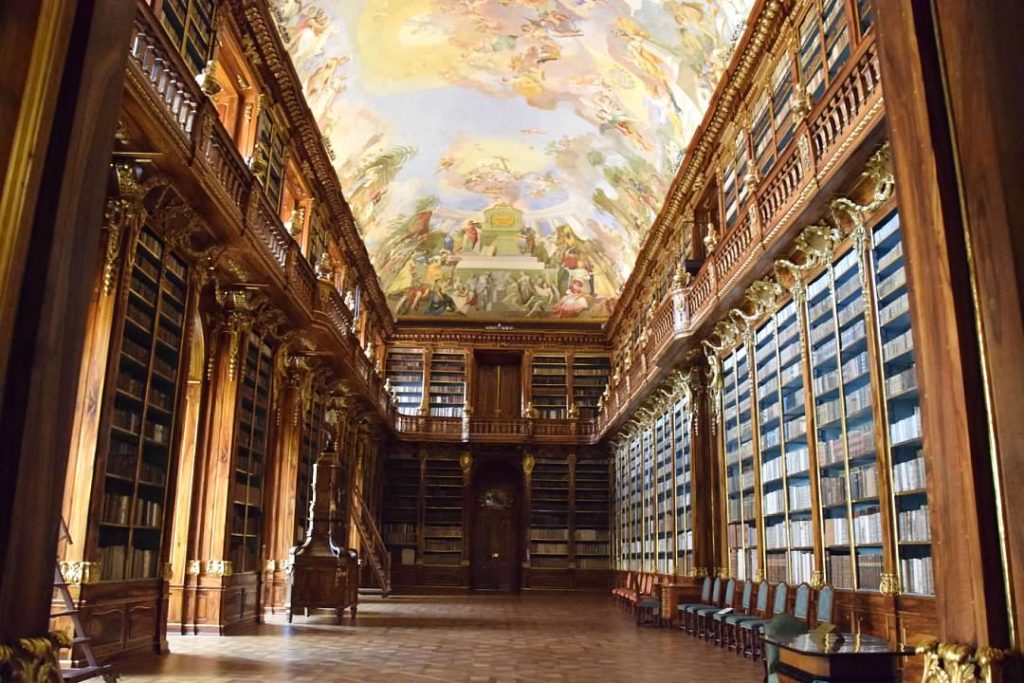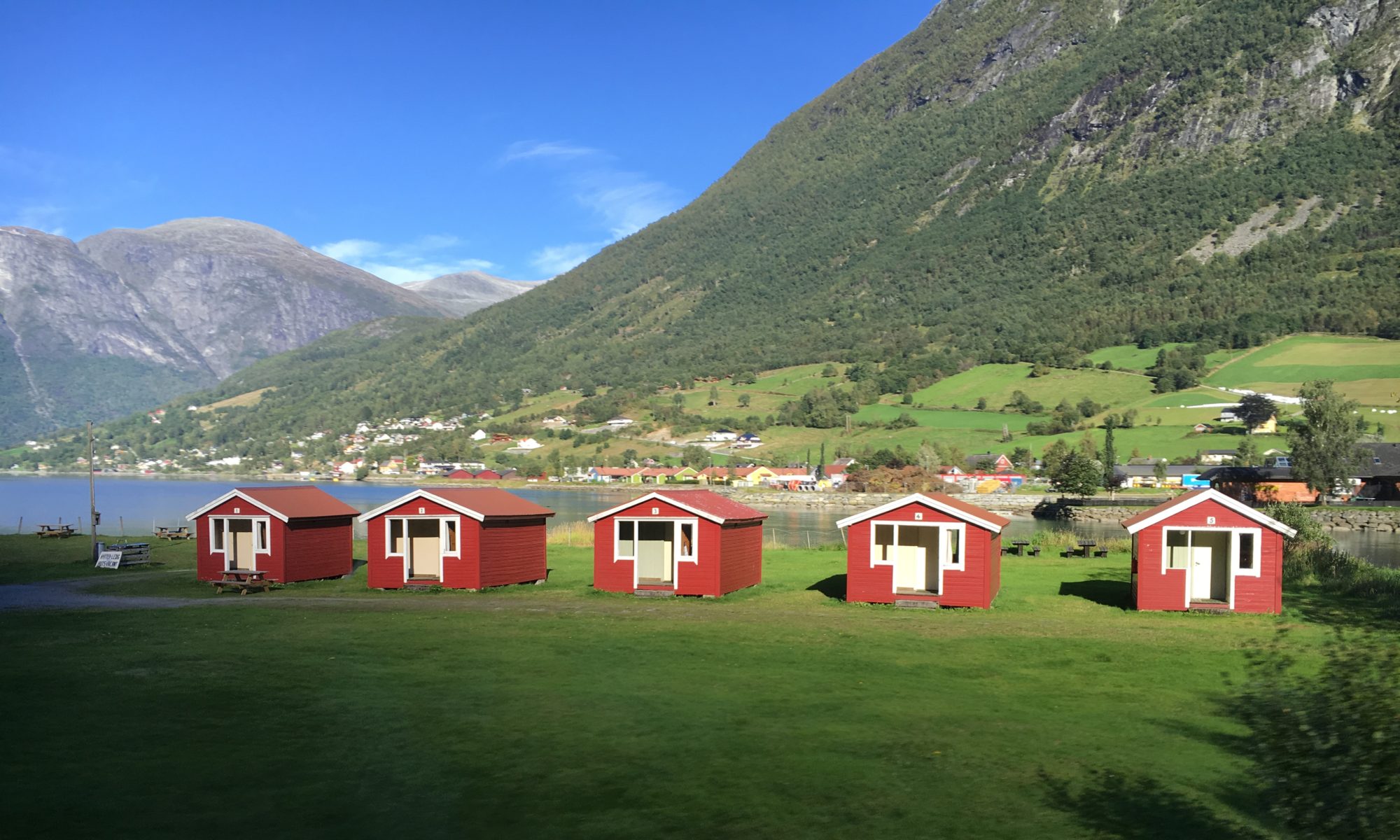If it isn’t already evident from my existing blog posts, I will share a secret with you. I love taking photographs. I come by it naturally. When I was a kid, my father shot with two separate twin lens reflex cameras: a Roliflex and a Hasselblad. This is major equipment. He took incredible photos of my family and we treasure them to this day. When my brother played football, he obtained a press pass and was able to take photographs of all of the kids on the team. We had so much fun having all of the pictures printed (5×7 – my father would never settle for giving the families shots of their kids that were any smaller) and placing them in manila envelopes for each family to have permanent images of their sons on the football field. Similarly, my mother’s father was so enamored of photography that he built his own darkroom in his basement. As for me, my first camera had flash cubes (yes I’m that old) and a few years later, my parents bought me a Le Click Camera – a small point-and-shoot in deliciously 80s colors (mine was pink) that used disc film. In college, I would print three copies of each roll of film and hand them out to my friends who appeared in them. To this day, one friend admits she would not have a single picture from college were it not for me.
But another thing about me: I am an ardent rule-follower. I think I come by this naturally, too. My father’s father was a lawyer, and then my father was a lawyer (and a judge) and then I became I lawyer, too. Even without the formal training, though, I think I would always be a rule-follower. I do know that sometimes rules are arbitrary, and I abhor those, but by and large, if a rule exists, I believe it exists for a reason, and I believe it exists for a good reason. I’m inclined to follow the rule. If the rules say, “No photography please,” I’m keeping my camera down. Often it is to prevent the artwork from being damaged by flashes. Therefore, some museums will allow non-flash photography. However, some will not allow photography at all, and alternatively, some places will charge a fee if you wish to take photographs. The venue will then use the income from these permits to restore artwork. Whenever I enter a museum, I ask the docent what the rules are. And then I follow them. I was shocked to see how many people attempted to take pictures of the Ceiling of the Sistine Chapel while I was in there. I say attempted to take because the ceiling is nearly 70 feet away from the camera at that point. Really, what kind of photographs are you going to get? Even if you are a good photographer, I promise you that your shots will not be of the quality available for purchase.
Not taking pictures allows for the ability to be fully present as well. I wouldn’t like it all the time, because I do so value what I can take away from my travels in the form of my photographs, but every once in a while, I really treasure the ability to sit still and take in a site without the pressure of trying to capture it for later. I especially felt this way in the Sistine Chapel and in the concert hall at Troldhaugen.
One place I visited that did allow photography for a fee was the Strahov Monastery Library in Prague. The photography fee was 50 CZK which is a little less than $2.25 USD. I handed it over immediately and proceeded to take whatever photographs I wanted. In addition to this remarkable library, Strahov Monastery is known for its beer; the monastery has been a brewery since the 1300s. But given a choice between beer and books, I’m going to choose books every time!


One more point about rules: if the sign says, “Keep off the Rocks,” well, then keep off the rocks. The lawyer in me knows that signs such as these are not placed preventatively. Chances are if a sign is admonishing you to keep off the rocks, it is because someone was there previously and most likely fell to a rocky, messy death. So just keep off the rocks. It will make you a more polite and respectful traveler and it may just keep you alive.
